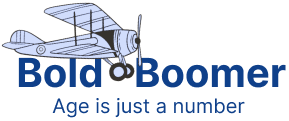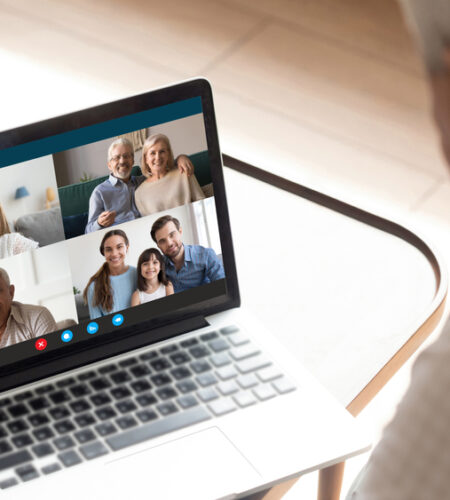In an age where the population of senior individuals is rapidly growing, the importance of ensuring their safety and wellbeing is more crucial than ever. This concern is particularly pronounced for families who may not always be physically present to care for their senior loved ones. Remote monitoring systems have emerged as an invaluable solution, offering a way for families to keep a watchful eye on the senior from afar, ensuring their safety and providing peace of mind.

At the heart of these systems is the use of advanced technology to monitor various aspects of a senior individual’s daily life. These systems typically include a range of sensors placed throughout the home, which can detect motion, track activity levels, and monitor vital signs. They can also include door and window sensors to alert family members if the senior individual leaves the house unexpectedly, which is particularly useful for those with conditions such as dementia.
One of the most significant benefits of remote monitoring systems is their ability to provide real-time alerts. If the system detects something out of the ordinary, such as a lack of movement for an extended period or unusual vital signs, it can immediately notify family members or caregivers. This prompt alert system can be crucial in preventing accidents or addressing medical emergencies quickly.
Beyond emergency situations, these monitoring systems offer insights into the daily patterns and routines of the senior. Over time, they can help in identifying changes in behavior or activity levels that might indicate a decline in health or mobility. This information can be vital in making informed decisions about the level of care required or adjustments needed in the living environment to ensure their comfort and safety.


Another key feature of these systems is their non-intrusive nature. Unlike cameras, which can feel invasive, motion sensors and wearable devices provide monitoring that respects the individual’s privacy while still offering an effective oversight. This balance is crucial in ensuring that the senior feel comfortable in their own homes, maintaining their independence and dignity.
For families, the ease of access to information provided by these systems is also a significant advantage. Most systems come with a smartphone app or online dashboard, allowing family members to check in on their loved ones anytime and from anywhere. This connectivity not only offers reassurance but also fosters a sense of connection, despite the physical distance.
In conclusion, remote monitoring systems represent a significant stride in leveraging technology to enhance the care and safety of senior individuals. By offering real-time monitoring, emergency alerts, insights into daily routines, and a respectful approach to privacy, these systems provide families with a comprehensive solution to ensure the wellbeing of their senior loved ones. As technology continues to evolve, these systems are expected to become even more sophisticated, further aiding families in the compassionate care of their aging members.



Comments